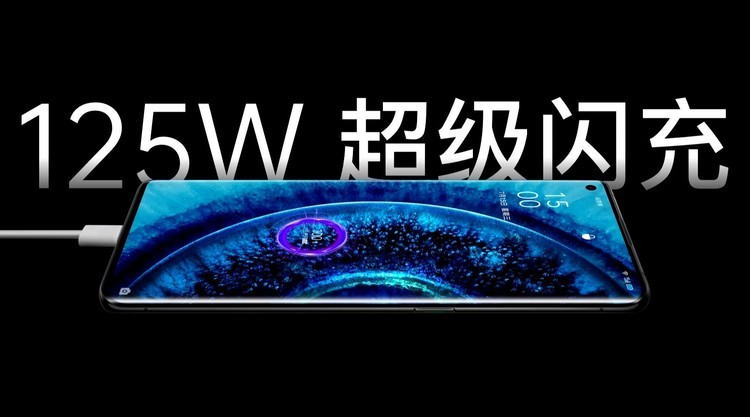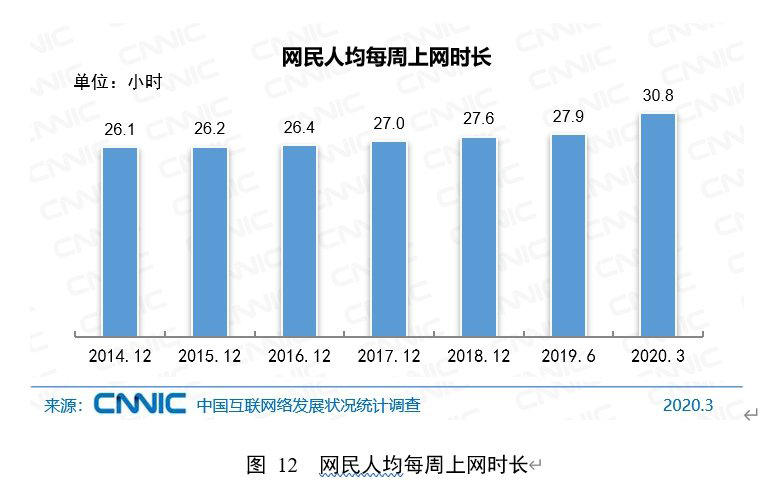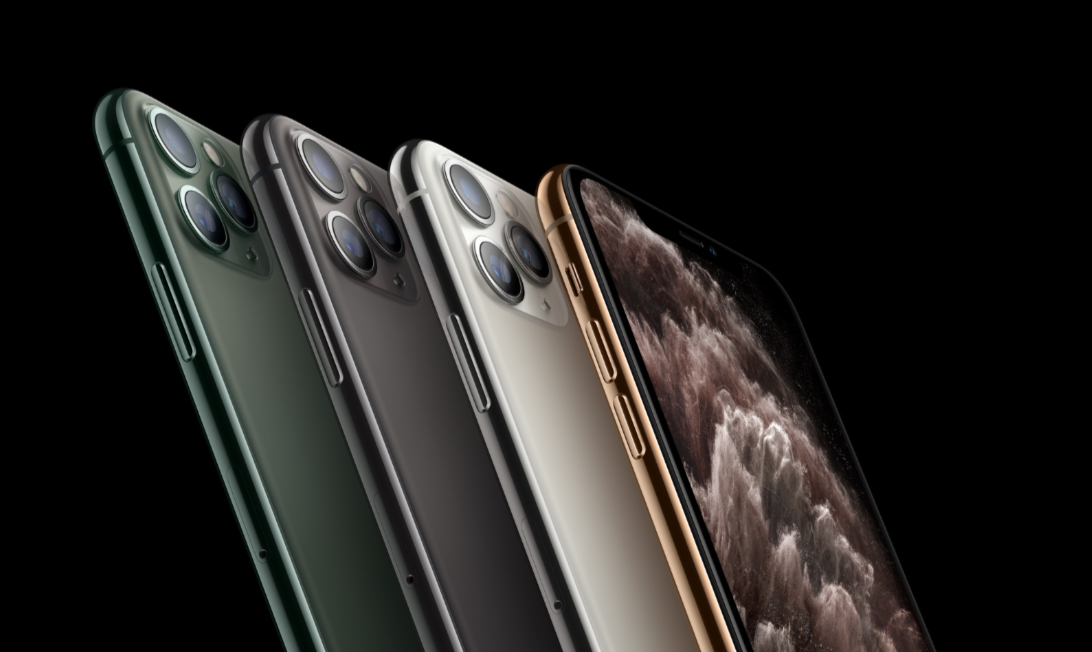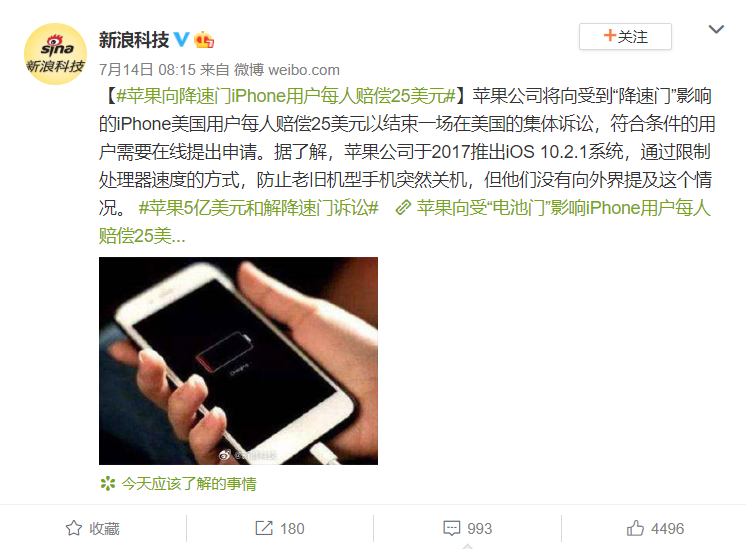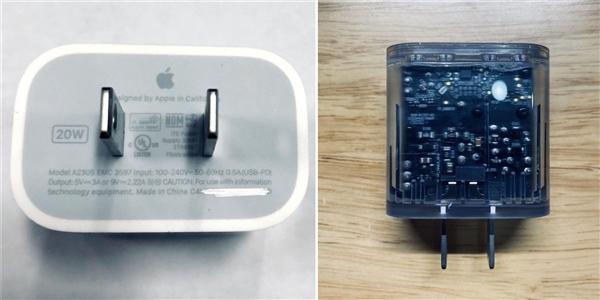Domestic manufacturers are competing for 100W fast charging, but Apple only has 20W charging.
Editor’s note: This article is from the WeChat public account “Leitech” (leitech), author: Ray technology, editor: Tin.
The most exciting thing in the mobile phone circle recently is that vivo, OPPO, Xiaomi and Realme have announced the 100W fast charging technology.
On July 13th, OPPO officially released the 125W super flash charging technology, and realme announced on July 16 that the 125W smart fast charge can “flash back” 33% of the power in 3 minutes. In terms of mass production of 100W fast charging, vivo’s iQOO series will be equipped with 120W super flash charging in its flagship models to be released in August, and Xiaomi has also revealed that the Mi 10 “Super Cup” equipped with 100W fast charging has entered Mass production stage.
Domestic mobile phone manufacturers are enthusiastic about 100W fast charging. In contrast, Apple recently revealed news about the iPhone 12 series. Not only may the iPhone 12 series battery become smaller, the charger may no longer be included.
With Apple’s control over the supply chain, the sharp contrast in charging is obviously not limited by technology, but domestic manufacturers and Apple have completely different ways of thinking about batteries and battery life.
The challenge to battery life under heavy use
The 45th “Statistical Report on China’s Internet Development Status” released by the China Internet Network Information Center shows that as of March 2020, the average weekly online time for Chinese Internet users is 30.8 hours, and the average daily online time is about 4.4 hours. As of March 2020, the number of mobile Internet users in my country has reached 897 million, an increase of 79.92 million from the end of 2018. The proportion of Chinese Internet users using mobile phones to access the Internet has reached 99.3%, an increase of 0.7 percentage points from 2018.
It can be seen that people use mobile phonesTime is increasing, and domestic manufacturers have launched 5G mobile phones one after another, and the power consumption of 5G is higher than 4G, and the battery life pressure of mobile phones has become more and more serious. However, in recent years, battery technology has still not had a breakthrough development. To improve the battery life of smartphones, it is nothing more than increasing the battery capacity or shortening the charging time to reduce people’s perception of charging.
Shortening the charging time means that the charging speed needs to be accelerated, and if large-capacity batteries do not want to increase the charging time, fast charging is also essential. So no matter which method it is, it needs the help of fast charging technology, and this also allows domestic mobile phone manufacturers to work hard on fast charging.
Extending the service life is the key point
Relatively speaking, the design idea of iPhone mainly caters to the needs of European and American users.
According to a report published by Strategy Analytics, a market analysis and research company, in August last year, the cycle for mobile phone users in the United States to replace their phones is 33 months, of which the average cycle for Apple users to replace their phones is 18 months.
In addition, the report also mentioned that the replacement cycle of American users is getting longer, and how to maintain the old models is the key to building a good reputation for Apple and other foreign manufacturers.
For this consideration, we can see the iPhone 6s in the iOS 14 support upgrade list. In addition to system maintenance, battery life is undoubtedly another important factor affecting the service life of mobile phones.
According to Apple’s design style, they would rather launch an external battery case with a price of up to 1,000 yuan to meet users’ needs for long battery life, and would not easily change the design language to enhance battery life. Unless there is enough space inside the phone to accommodate a larger battery without affecting the design like the iPhone 11 Pro Max.
Even if the small-capacity battery is charged with “five-fu and one-an”, the charging time will not be particularly long. In addition, “slow charging” is better than fast charging in terms of safety and maintaining battery health. PlaceApple has insisted on “Five Goods and One Peace” for many years. Although the experience is really outdated, it is not completely unreasonable.
However, mobile phones are devices that are used every day. After the mobile phones are used for a year or longer, battery consumption is unavoidable. This is particularly problematic for iPhones with generally small battery capacity.
In order to keep the continuous navigation in the acceptable range and extend battery life, Apple chose to start with power management. In addition to adding a large number of power management chips to the motherboard to adjust power consumption, Apple will also add power management functions to the software to ensure continuous navigation.
However, the power management function of the software has also caused an uproar. The iOS 10.2.1 system launched by Apple in 2017 tried to reduce the frequency of the old model to prevent serious decline in battery life or even sudden shutdown. However, due to the serious impact of frequency reduction on daily use, Apple was initiated by US users in December 2017. In the lawsuit, it was not until a few days ago that Apple compensated each eligible user for the “speed-down door” incident with $25.
5G era, fast charging may become a rigid demand
As the popularity of 5G gradually accelerates, it is not only driving the development of the Internet. High-resolution and high-refresh screens have gradually become the standard configuration for improving user experience in the 5G era. People will only spend more time using smartphones. less. Under this trend, the demand for long battery life will further increase, and fast charging is likely to become a rigid demand.
The ultimate goal of fast charging is to allow users to change from the “before bed action” to basically forget about charging. The advent of 100W fast charging is to prepare for this. It takes 15-20 minutes to fill the phone. This speed may be faster than the preparation time before we go out in the morning.
In fact, Apple’s start in fast charging is not slower than domestic brands. The iPhone 8 series and iPhone X released in 2017 began to support 18W PD fast charging, but until the iPhone 11 released last year, the random charging kit was still “five fortunes and one security.” On goingAmong the iPhone 11 series models released in 2016, only iPhone 11 Pro and iPhone 11 Pro Max come with an 18WPD fast charging kit.
Apple’s conservative attitude towards fast charging revealed that it still hopes to guide users to use slow charging to extend battery life.
Recently, Apple has a 20W charger that has passed the 3C certification, but there are rumors that this year’s iPhone 12 series models will not come with a charger. Analyst Ming-Chi Kuo said that this is Apple’s decision to continue its low-price strategy, to reduce production and transportation costs, and to make more contributions to environmental protection. Assuming this rumor is true, old iPhone users who don’t have much awareness of fast charging for the time being may continue their “five good and one safe” career.
And from the recent exposure of battery information about the iPhone 12 series, it is learned that the battery capacity of the 4 iPhone 12 series models will be reduced to varying degrees, considering that the 4 iPhone 12 series models may all support With 5G networks, battery shrinkage and higher power consumption 5G networks trade each other, and the battery life of mobile phones is questionable.
In contrast, domestic manufacturers use large batteries with 100W fast charging, which not only meets users’ needs for long battery life, but also greatly shortens the charging time will also change people’s charging habits. Imagine that when domestic mobile phones basically charge up before going out, they will have enough power to maintain a day of use, but the iPhone still needs to be charged 1-2 a day, and the charging time will take 1 hour or more. Such a strong contrast is very likely. Will affect consumers’ choices when buying machines.
Therefore, whether Apple will follow up on fast charging in the future will no longer stay at the technical level, but if it does not keep up, the user experience will be too far behind.
